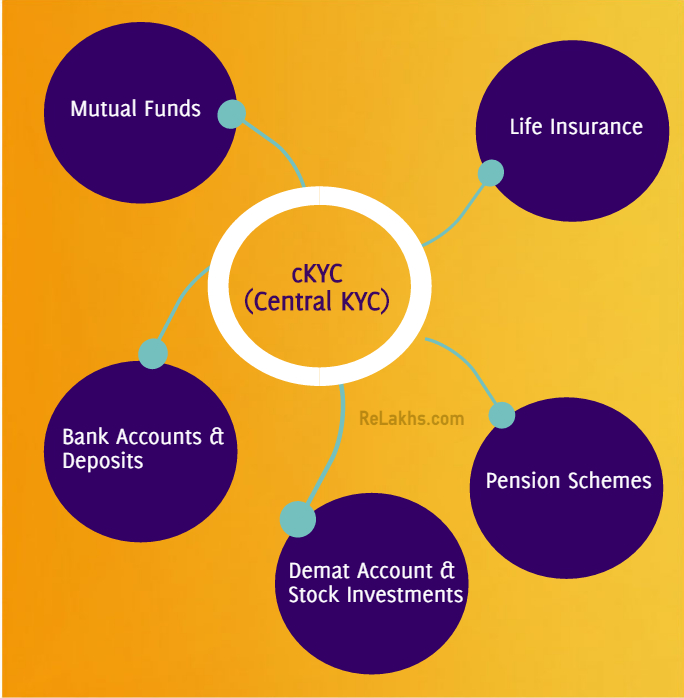Earlier in September this year, the Securities and Exchange Board of India (SEBI) directed mutual funds houses to rationalise or reduce the Total Expense Ratio (TER) for both equity-oriented and other than equity-oriented mutual fund schemes.
Following this, some mutual fund schemes slashed their TERs charged under direct plans drastically, but a few also increased their TERs. Fund houses were clearly making the best use of existing loopholes.
[Read: Is Your Mutual Fund House Playing Fair?]
So, later vide a circular (SEBI/HO/IMD/DF2/CIR/P/2018/137) dated October 22, 2018, the regulator stated, ‘All fees and expenses charged in a direct plan (in percentage terms) under various heads including the investment and advisory fee shall not exceed the fees and expenses charged under such heads in a regular plan’.
Now recognising the apertures, the regulator has gone on to amend the “Securities and Exchange Board of India (Mutual Funds) Regulations” vide a notification and defined the TERs for equity and other than equity-oriented mutual fund schemes.
In case of open-ended schemes, other than Index Funds, Exchange Traded Funds (ETFs), and Fund of Funds (FOFs), the notification states that the total expense ratio of the scheme shall not exceed the following limits:
| AUM Slab (Rs in crore) | TER limits for equity-oriented schemes | TER limits for other than equity-oriented schemes |
| On the first Rs 500 crores of the daily net assets | 2.25% | 2.00% |
| On the next Rs 250 crores of the daily net assets | 2.00% | 1.75% |
| On the next Rs 1,250 crores of the daily net assets | 1.75% | 1.50% |
| on the next Rs 3,000 crores of the daily net assets | 1.60% | 1.35% |
| On the next Rs 5,000 crores of the daily net assets | 1.50% | 1.25% |
| On the next Rs.40,000 crores of the daily net assets | Total expense ratio reduction of 0.05% for every increase of Rs.5,000 crores of daily net assets or part thereof | |
| On balance of the assets | 1.05% | 0.80% |
(Source: SEBI)
And speaking of close-ended and interval schemes, the TER is capped at 1.25% of the daily net assets for equity-oriented schemes and for other than equity schemes at 1.00% of the daily net assets. This, in my opinion, would discourage fund houses from launching close-ended funds.
For the purpose of limits of TER as specified in these regulations, a scheme is classified as an equity-oriented scheme when a minimum 65% of its net assets are parked in equity-and-equity related instruments.
In case of index funds, ETFs, FoFs, and liquid funds, the TERs, including the weighted average of the total expense ratio levied by the underlying scheme(s), is limited to 1.00% of the daily net assets of the scheme.
The new fee structure comes into effect from April 1, 2019, and is in the interest of thousands of investors. The message is loud and clear: work in the interest of investors and pass on the economies of scale to investors.
The regulator, earlier in September, also directed fund houses to…
- Bill schemes for all distribution and related expenses. To put it simply, mutual fund houses can’t incentivise their distributors by shedding their own profits—a practice that allowed big mutual funds in the race to garner more AUM.
- Stop paying upfront commissions and the upfronting of trail commissions. Usually, fund houses do upfronting of trail commissions in the case of Systematic Investment Plans (SIPs), subject to fulfilment of certain conditions.
How does this benefit you, the investor?
With the strict implementation of these new rules, the Indian mutual fund industry would become more transparent with regards to the appropriation of expenses. This, in turn, would reduce the cost of investing in mutual funds for you.
If the fund houses are really discouraged from launching close-ended funds, as I expect, mis-selling would reduce, as distributors (including banks) will not be incentivised; and, therefore not feel motivated enough to sell close-ended mutual funds.
[Read: 5 Reasons To Avoid Close-ended Mutual Funds]
And the urban clusters where the acceptance and adaptability of technology are higher will see a shift away from human advisers and distributors to robo advisors. Further, Direct Plans offered by mutual funds are likely to be prevalent going forward. Want to know about India’s only robo advisor powered by solid research experience and offering only Direct plans? Click here.
For investors, it would do better if you pay for quality advice and invest in direct plans. The expense ratio of Direct Plan is usually lesser than a regular plan.
Do note that not all fund houses have increased their expenses ratio under direct plans, and those who have will have to ensure that it’s well within the limits stipulated by the regulator.
[Read: How Even 1% Difference Can Make A Huge Difference To Your Investment]
It’s evident that the capital market regulator is on a mission to protect the interest of mutual fund investors.
PS: Equitymaster is one of India’s most respected research houses that has published honest and unbiased views on Indian stocks for over 22 years. Earning the trust of over 1.7 million readers worldwide.
Now, for their 10X Project – they are entering a market segment where the stocks hold the potential to multiply 3X…6X…and even 10X…in a matter of just 1-2 years.
So, if you are looking to buy stocks which could potentially be the Fastest wealth creators in any portfolio. Click here to Claim your FREE Spot. The event goes LIVE at 5 PM on 26th December and it will be available online.
Author: Rounaq Neroy


